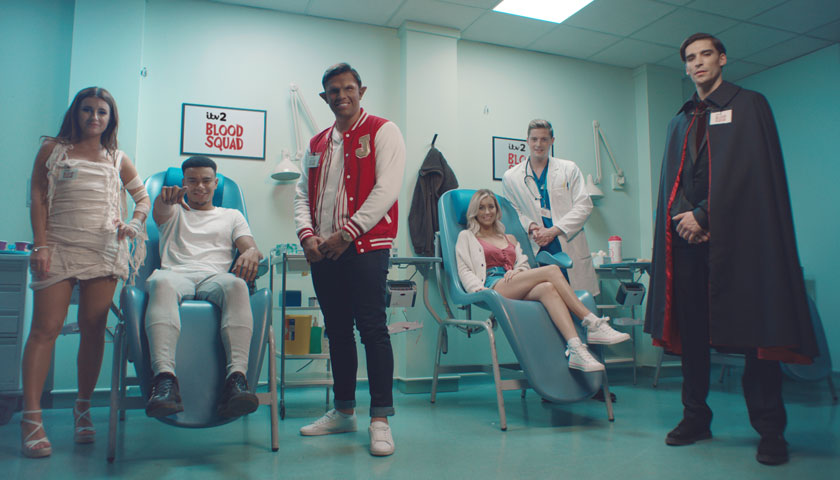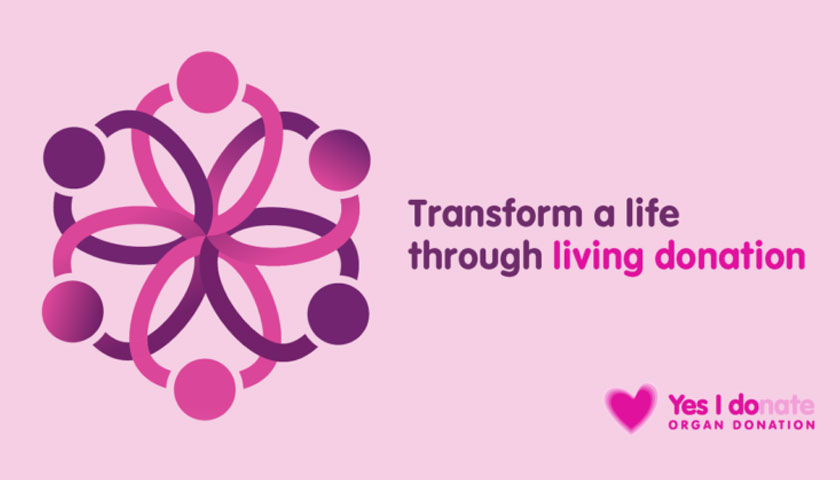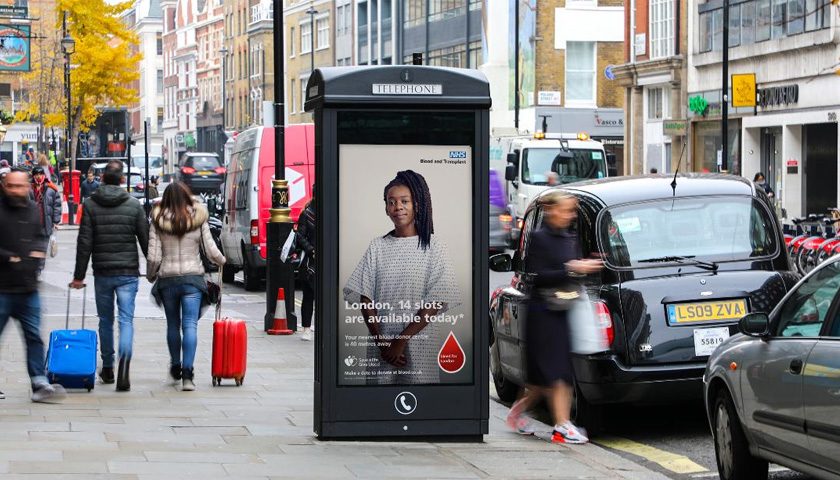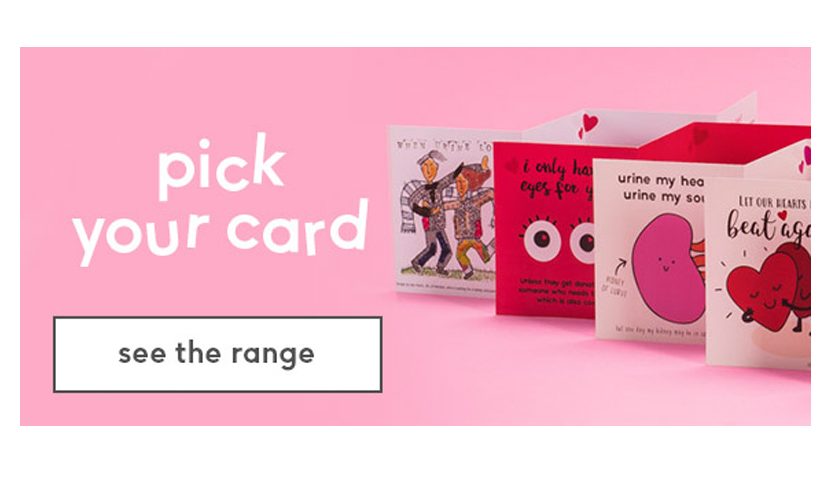NHS Blood and Transplant and ITV2 join forces to appeal for young blood donors through a Halloween campaign.
New research from NHS Blood and Transplant shows that a staggering 81 per cent of 18-24 year olds have never donated blood, with 35 percent of this age group admitting they are scared.
In contrast, almost half the population of blood donors are aged over 45.
As Halloween approaches, NHS Blood and Transplant is urging young people to become donors and combat an ageing donor population.
600 new donors are needed every day to keep the country pumping, so NHS Blood and Transplant is inviting young people to come forward and allay their fears by proving that giving blood is not scary.
In a poll of 1,000 adults, the fear of giving blood surpassed a list of widely known fears among the younger generation with:
- 33 per cent claiming to be afraid of public speaking
- 28 per cent terrified of heights
- 19 per cent petrified of going to the dentist
Unsurprisingly, the fear of creepy crawlies topped the list, with 51 per cent admitting to the fear of spiders.
There are many myths associated with giving blood, which have resulted in fear. The main obstacle to donation is a fear of needles with 26 per cent scared of the process.
However, 86 per cent of blood donors have admitted that the process of giving blood was much easier than originally expected proving it was more treat than trick.
The thought of the needle can be a bit scary, but it’s the most amazing feeling knowing you’ve helped save livesLaura Anderson from ITV2’s Love Island
Meet the Blood Squad
As the nation prepares to adorn fake blood and spooky costumes, ITV2 and NHS Blood and Transplant and have partnered to create the ITV2 Blood Squad; helping alleviate young people’s fears and misconceptions about blood donation and encourage them to register and book an appointment at a local centre.
ITV2, which has attracted some of the highest 18-24-year-old audiences of the year with smash hit series Love Island, has created the ITV2 Blood Squad featuring Islanders from this year’s show, as part of a Halloween-themed campaign which will run on air and across social media.
ITV2 Love Island’s Dr Alex George commented: “6,000 donors are required daily to save lives, that is scary.
“As a doctor in the NHS, I’ve seen first-hand how important blood donation is. It is quick and easy, you will only feel a small scratch.”
ITV2 Love Island’s Laura Anderson added: “I didn’t think I would be able to donate blood as I have a tattoo, but then discovered that you can give blood four months after an inking or piercing.
“I was apprehensive to start with, because the thought of the needle can be a bit scary, but it’s the most amazing feeling afterwards knowing you’ve helped save lives.’
The need for blood
Mike Stredder, Director of Blood Donation at NHS Blood and Transplant said: “600 new donors are needed every day and we need new younger donors to come forward to help replace those who can no longer donate. There are many myths associated with giving blood, but it really isn’t scary.
“There is a particular need for O negative and B negative donors. O negative is the only blood type that can be given to anyone, regardless of their blood type and used in emergencies. B negative is one of the rarest blood groups and only 2% of population have this.
“If you are aged 17 or over, please register to donate and help us save lives.
“If you live or work near to one of our fixed site donor centres, please book an appointment to give there as we have a higher number of appointments available at these centres.”
Interestingly, more men are scared at the sight of blood than women, however men’s blood is particularly useful to make plasma and platelets used to stop bleeding after injury or surgery.
Black donors with the rare subtype Ro are also in high demand. This blood type is more prevalent in the black community and is used to treat the 15,000 people in the UK who suffer from sickle cell disease. Often people needing Ro are treated with O negative because there is a shortage of Ro blood to treat patients.



